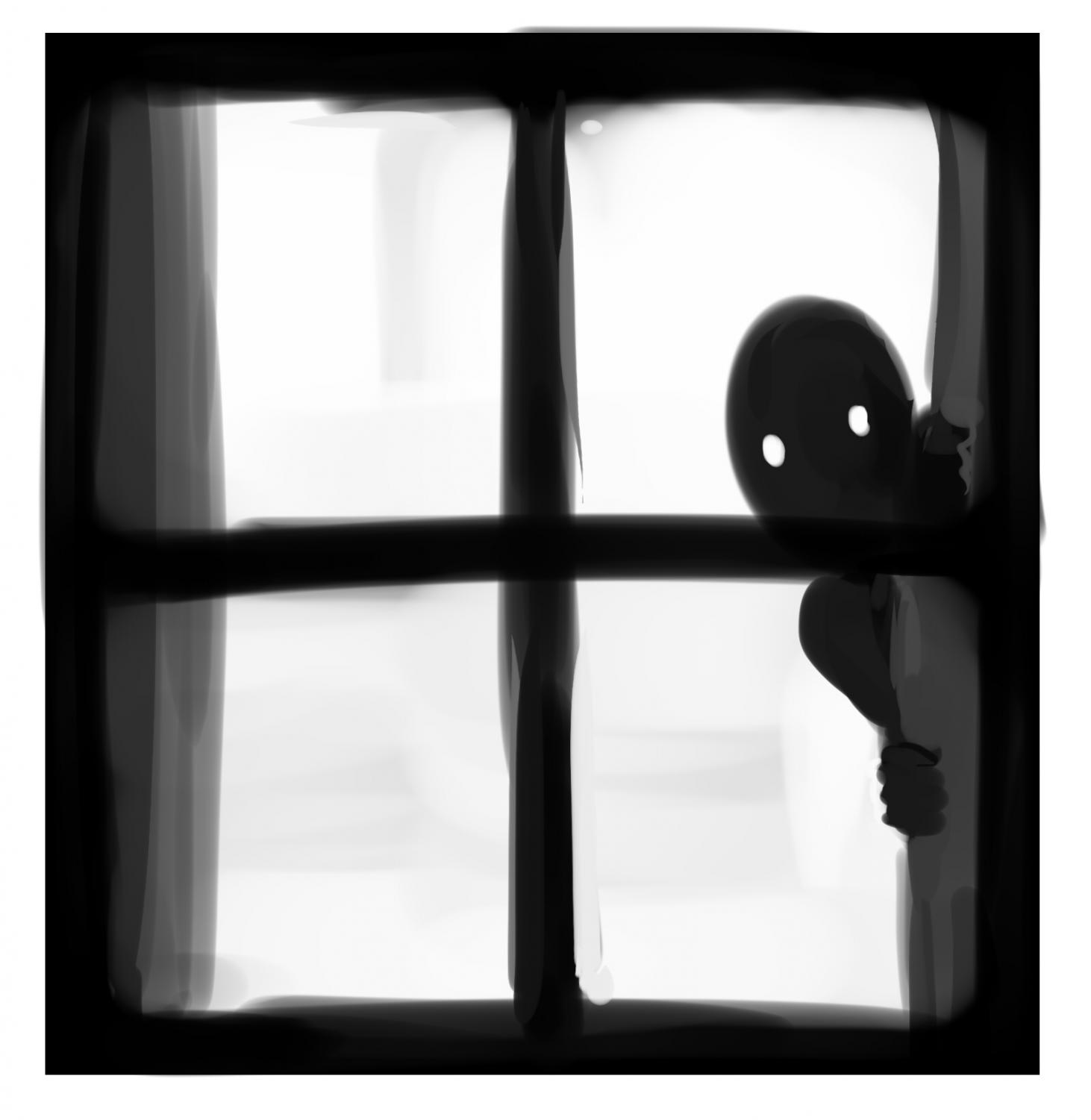On Bystander Intervention
November 9, 2017
In the end, we are all human. We will find ourselves in situations where we simply do not know what to do. However, we do bear a responsibility to help others. It is in our best interest to create a positive social environment. Thus, it is an act of learning and adaptation to fill the crucial role of an active bystander. Someone who takes action, even in situations where they do not know what to do. Someone who knows how to seek help from others, and when to provide help themselves. Yet, it is also someone who knows when to productively step back. When the situation does not call for extra hands. The problem arises when people believe others will step in and take care of the situation.
When viewers or bystanders have failed to intervene after witnessing injustice, they do carry some responsibility. Although, especially when they cannot or do not know how to help, the responsibility is on us. We ought to teach children how to handle situations like these. Of course, there is no universal protocol to guarantee success 100% of the time. But a little mental framing goes a long way.
If children were taught to immediately respond in a situation of injustice as much as they are taught their ABCs or to stop, drop and roll, reports of bullying and discrimination would surely be lower. And wouldn’t it be wonderful to see someone give a homeless person a hand up and a few minutes of their time to help them out? That could be you! That could be us! But many of us have reservations, and it’s not so easy to change the habits of millions. However, it is fruitful to try and get the ball rolling. Schools are the best place to do so, and bullying is perhaps the best place to start.

One of the most successful programs to date on preventing bullying and inactive bystanding is now integrated in the Finnish school system. Called KiVa, it is a program that focusses on the macro student population, instead of the traditional micro level aimed at the bullies themselves. The program teaches empathy and an understanding that bullying is not socially acceptable. This seems obvious, but context is key.
The sad reality is that bullies are often seen as popular, in part due to their confidence and the absence of a stronger moral bystander. Thus, it is ingrained in many kids that bullying is just normal, and to do anything about it would risk their fragile social standing. And this is where KiVa shows its strength. The program uses role-playing games along with computer games to teach all children at a young age that bullying is not normal. Nor is it acceptable. It teaches children to be active bystanders. Even if that action is sending a sympathetic text to the victim afterward or catching up with them to see if they are alright. Even this bare minimum has shown to decrease depression and boost self-esteem among victims. But the program aims for much higher goals; to change social norms against bullying. That is, to put bullies on the fringes rather than the victims. And the success lies within the scope of the audience. Educating everyone, rather than reprimanding individuals, is one way to teach children to be active bystanders and prevent injustice.
While we may just be human, we ought to be better at helping one another. Programs like KiVa are a great place to start, and they can have cascading effects to make us more empathetic and active in general. Thus we do bear some responsibility when we do not act, but not all. The fact that many of us feel we cannot or do not know how to help indicates a failure of our societal/social norms. We have an imperative to teach our children how to be active bystanders in order to prevent injustice. A little mental framing goes a long way.




